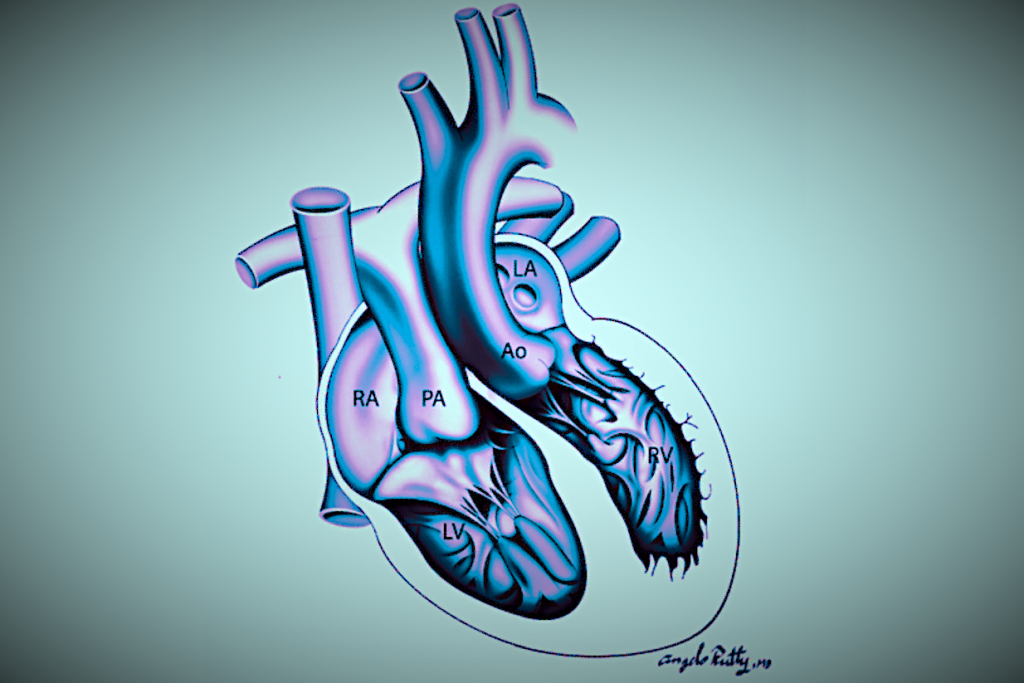
Congenitally corrected transposition of the great arteries (ccTGA) is a complex condition accounting for only ~0.5% of congenital heart disease. ccTGA is characterized by atrio-ventricular and ventriculo-arterial discordance. ccTGA is frequently associated with other lesions including ventricular septal defects, left ventricular outflow tract obstruction, anomalies of the tricuspid valve, and abnormalities of the conduction system including atrioventricular block.
The optimal management of ccTGA in childhood remains unknown. There are two possible surgical pathways: either a physiological repair (maintaining the morphologic right ventricle as the systemic ventricle) or anatomical repair (morphological LV becoming the systemic ventricle).
This is a multi-centre retrospective cohort study. The target population will be all children less than 18 years of age with ccTGA who have been managed as an inpatient and/or outpatient at a participating Canadian institution between January 1, 2005 – December 31, 2020.
The primary outcome is transplant-free survival. Secondary outcomes are:
- Time to first re-intervention
- Prevalence of electrical abnormalities including SVT, VT, and AV block.
- Prevalence of moderate-severe systemic ventricular function.
It is important to determine which surgical approach will have the best long-term outcomes, accounting for confounding by indication. This study has the potential to become the largest pediatric ccTGA cohort ever published, and will enable the establishment of a prospective registry.
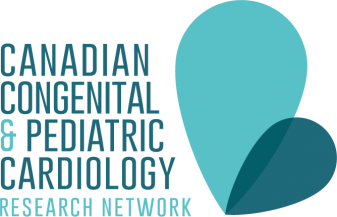

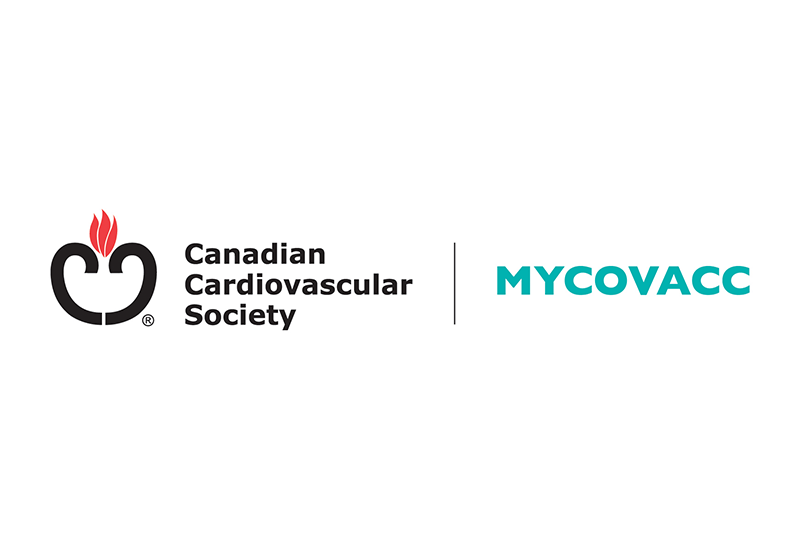
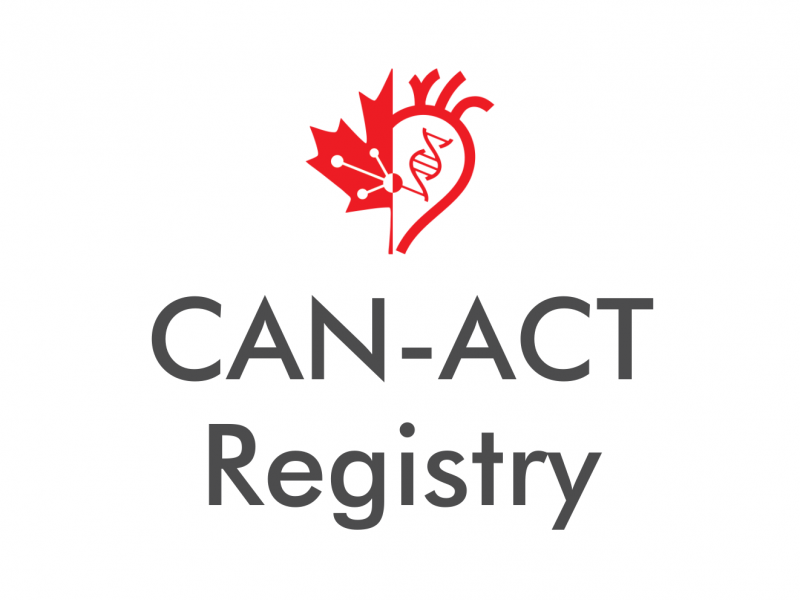
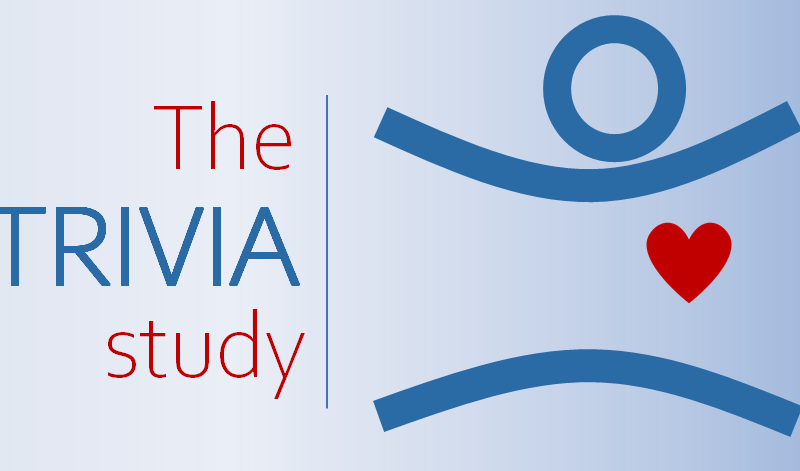
Leave a Reply